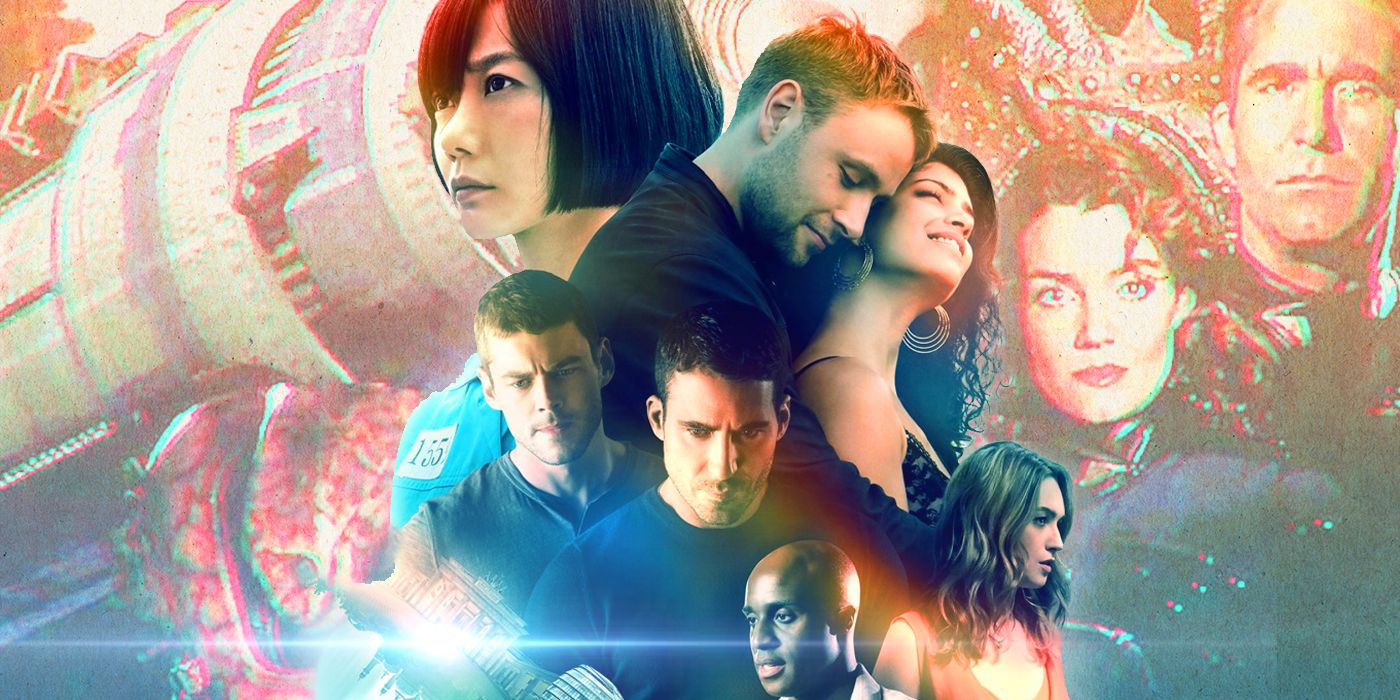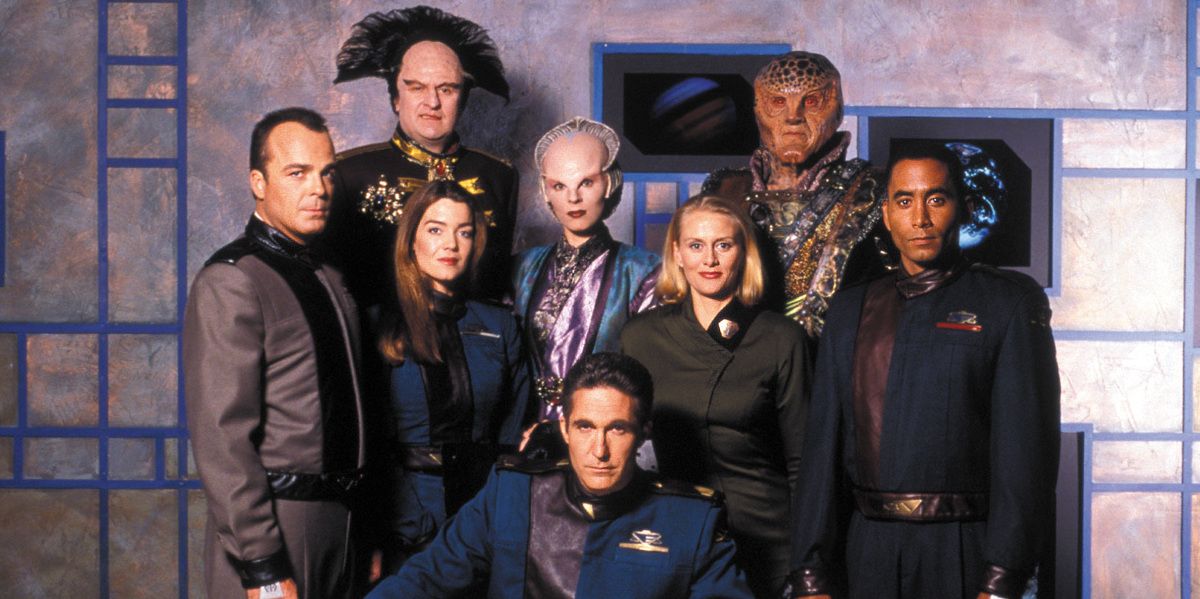J. Michael Straczynski is one of the quietest names to have changed the shape of modern science-fiction, starting as a writer for He-Man and the Masters of the Universe and going on to earn major acclaim with the series Babylon 5 and Sense8. His 1982 book The Complete Book of Scriptwriting is still used as an introductory text for writers looking to break into the industry, and next year he's publishing a follow-up, Becoming a Writer, Staying a Writer; however, fans since the 80s primarily know him as the man behind the classics they grew up on.
Straczynski broke into animation in 1984 after a start in radio and teleplay work by sending a spec script in to Filmation for He-Man, where he hit it off with fellow writer Larry DiTillo. The duo went on to build the spin-off She-Ra: Princess of Power, but they moved on to other projects after losing a fight with Filmation over work credit. After a brief time at DIC Entertainment, they would work together again in the 90s, on Straczysnki's biggest, most ambitious project yet.
Babylon 5 premiered in 1994 and quickly became a cult classic. Where science-fiction shows, including Star Trek, mainly had stand alone episodes, Straczynski conceived his five season story before he started filming. He built 'trap doors' into the story that gave him room to fix production hurdles, and he used the format to draw out the impact of major, realistic problems, instead of wrapping them up in an episode or two. For instance, a story about drug addiction took most of a season to play out, and a character experiencing grief would create emotional ripples lasting years.
His storytelling method changed the game. With Hugo Award-winning acclaim, Babylon 5 appeared to have shifted its competitor Star Trek: Deep Space Nine into arc-focused storytelling in the back half of its life, and it went on to inspire shows like LOST and Battlestar Galactica. After these shows became hits, new sci-fi shows focusing on major arcs instead of one-off episodes found fandom adoration for rewarding long time viewers, and this model stems back to Straczynski's methodically planned-out space opera.
Though Straczysnki himself remained committed to story over studio happiness, he continued to find plenty of work after Babylon 5. Not all of it reached the same critical heights; although, the post-apocalyptic Jeremiah lingers in the hearts of some devotees. Regrettably, the early 2000s were rough for science-fiction, and Straczysnki's projects weren't the only ones to get hit by production cuts. He filled this time with a large catalog of comic books, from a well-liked run on The Amazing Spider-Man with artists John Romita Jr., to Thor with artists Oliver Coipel and Mark Djurdjević, to Rising Stars with artist Jason Gorder.
Straczynski came back big in 2015, working alongside the Wachowski sisters to create another cult smash with Netflix's Sense8. Like he'd done for the themes of Babylon 5, the trio infused Sense8 from the start with emotional resonance with its closely connected cast of characters and its dedication to LGBTQ+ representation. This investment was paid back with a vibrant fandom. When Netflix canceled the show after Season 2, the streaming service faced vocal opposition. This dedication was enough to earn the series a finale movie in 2018, and it still lives on for many as one of the best, most inclusive works of the last decade.
Perhaps one of the biggest impacts Straczynski had on science-fiction is highlighted every day when enthusiastic fans log online. Babylon 5 came to life alongside the earliest forms of social media. Fandom thrived before the internet via 'zines and conventions, but new tools like Usenet and mailing lists gave the tech-savvy creator a leg up on directly marketing and interacting with his show's target audience.
He wasn't the only early adapter to navigate the widening world of the Internet, but his head-on interactions with fans, his information compiled in the still-available Lurker's Guides and his current availability via Twitter have helped shape the way creators connect with their audience ever since. For all these reasons, the importance of Straczynski's contributions to geek culture can't be understated.



